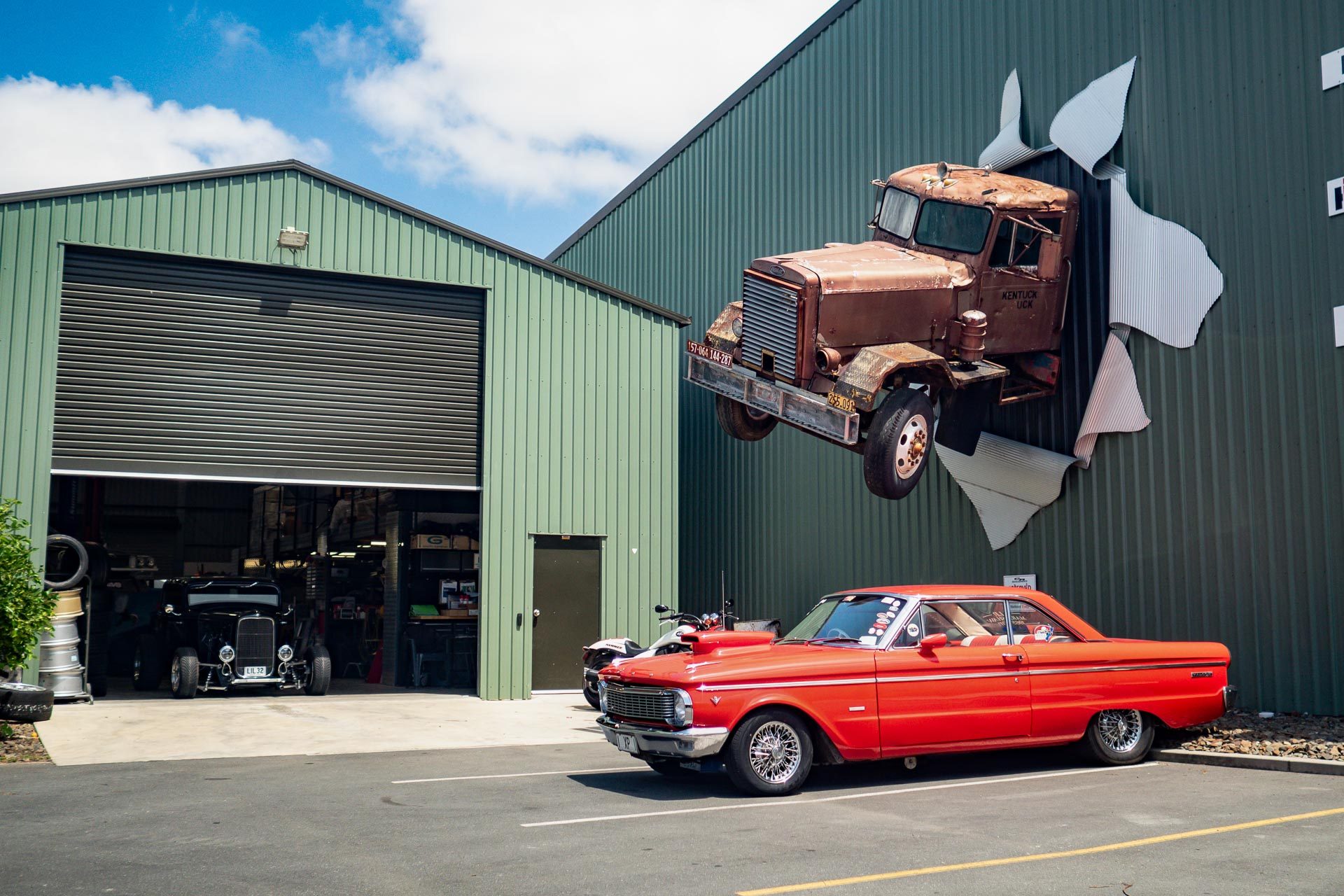Off-road driving creates a whole set of unique requirements for shock absorbers. You basically want the same characteristics off-road, as you do in passenger car dampers; control for good cornering and as comfortable a ride as possible. However, in the case of off-road driving, you also want good suspension flex.
Lifted 4X4s, that have much heavier tires, build up more heat. And if you are planning on driving at high speeds, as in the case of desert racing, then your shock absorbers are working that much harder, causing much more heat.
Overheating
This heat buildup leads to a couple of requirements in the shocks you need for your lifted 4X4. Both are related to adding more oil to the shock. If the oil in the shock overheats, it can foam and breakdown. When this happens, the shock can no longer do the job it was intended for.
The first difference with 4X4 shock absorbers is they have much larger bodies. The length is also increased for lifted vehicles, but the diameter of the shock body is increased also, depending on the space available under the vehicle, to increase the amount of oil it can hold.
The second way to increase the volume of oil is to add a remote oil reservoir. This option was created specifically for off-road racing, and has become a popular solution for all types of 4X4s.
A remote reservoir allows you to use a smaller diameter shock absorber body, while still increasing the volume of oil by having it held in a separate reservoir that is connected to the shock by a hose or tube. The separate oil reservoir also allows for better heat dissipation.
Coilover Shock
A coilover shock is a type of shock you will often see on modified 4X4s. This type of shock combines a shock absorber with a spring all in one unit. They are popular in custom setups because you can combine both components while using the same amount of space.
Coilover shocks also enable the use of longer springs than a traditional coil spring suspension because the springs are completely contained. You can change springs easily to change the tension of the spring, or the “frequency” as it is called.
You can also add springs for a dual or triple-rate spring by adding more springs with different frequencies on the coilover assembly. This will give you a softer ride for the first few inches of compression, and a more aggressive spring frequency for situations when the suspension travel is beyond the normal range.
Almost all current light-duty pickup trucks come with coilover shocks direct from the factory. This has created an opportunity for traditional shock companies to offer a combination of an improved damper and a lift in one component.
Shock valving
Shock valving is usually engineered specifically for each individual application. For example, a high-quality shock absorber to fit a truck that’s lifted six inches has been valved to accommodate the larger tires and handling characteristics of that vehicle.
Some shocks also come with user-adjustable valving. This allows you to soften the shocks when desired, as with rock crawling. And tighten them for towing or general road driving.






More Stories
Elevate Your Off Road Experience with These Top Tips
Best Small 4×4 Off Road Top Picks for Compact Adventures
Off Road Driving Experience Master the Mud and Trails